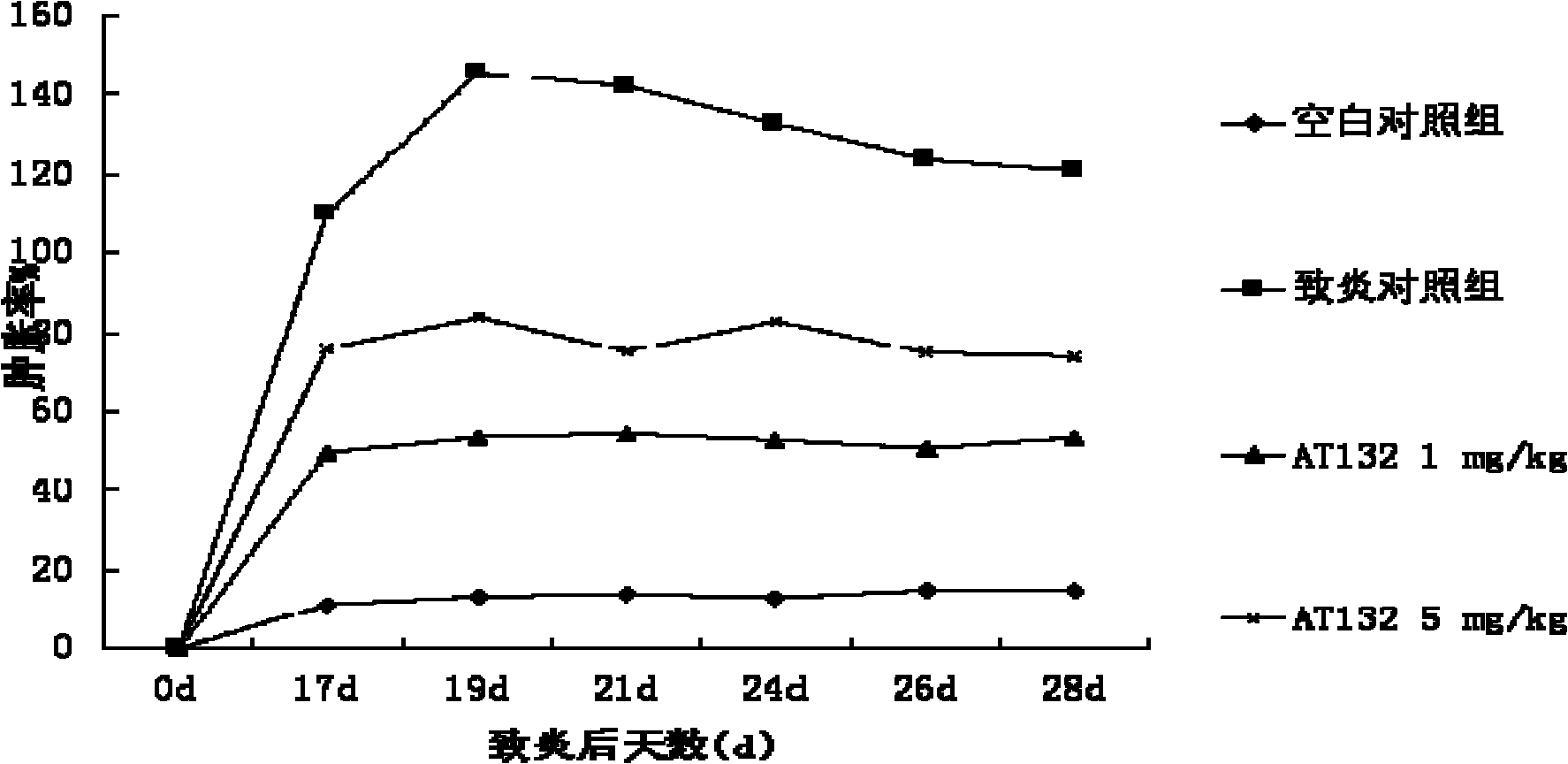Anti-tumor necrosis factor alpha human-derived antibody
A technology of humanized antibody and necrosis factor, which is applied in the direction of anti-tumor drugs, antibodies, anti-cytokine/lymphokine/interferon immunoglobulin, etc., and can solve problems such as attack, immunogenicity reduction, coma, etc.
- Summary
- Abstract
- Description
- Claims
- Application Information
AI Technical Summary
Problems solved by technology
Method used
Image
Examples
Embodiment 1
[0141] Example 1: Production of anti-hTNFα mouse monoclonal antibody
[0142] 1) immunity
[0143] Some 7- to 11-week-old female Balb / c mice were immunized IP or ID with recombinant hTNFα (rhTNFα, purchased from Pepro Tech Inc.), emulsified with an equal volume of TITERMAX or complete Freund’s adjuvant , with a final volume of 100-400 μL. Each mouse was IP (1-400 μg) and SC after 1-7, 5-12, 10-18, 17-25 and / or 21-34 days with an equal volume of TITERMAX or TNF emulsified in Freund's incomplete adjuvant. (1400 μg×2) for immunization. Mice can be bled after 12-25 and 25-40 days by post-frame puncture without anticoagulation. The blood was then allowed to coagulate for 1 hour at RT and the serum was collected and titered with TNFαELA according to known methods. Fusions were performed when repeated injections did not result in an increase in titer. At this point, mice can be given a final booster injection with 1-400 μg TNFα diluted in 100 μL saline. After 3 days, mice were ...
Embodiment 2
[0148] Example 2: Qualitative anti-hTNFα murine antibody
[0149] There are two assays for the characterization of anti-hTNFα antibodies. One method assays the antibody's competitive binding of adalimumab to hTNFα, and the other assays the antibody's ability to neutralize hTNFα in a L929 cytotoxicity assay. The two methods and their experimental results are described respectively below.
[0150] 1) Competition binding assay with adalimumab
[0151] Horseradish peroxidase (HRP)-labeled anti-hTNFα human antibody adalimumab was used as a reagent. RhTNF (50 μl, 0.05 g / mL) was coated on the microtiter plate and left overnight at room temperature. The coating solution was discarded, the wells were blocked with 1% skim milk dissolved in phosphate buffered saline (PBS) for 0.5 hours, and the wells were washed with PBS containing 0.05% Tween 20. Then a mixture of 50 μl of growth medium and 50 μl of HRP-labeled adalimumab was added to each well. Unlabeled adalimumab and medium with...
Embodiment 3
[0154] Example 3: Cloning of heavy and light chains of TM2-11-12 murine antibody
[0155] 1) Cloning of heavy chain variable region of TM2-11-12 murine antibody
[0156] In order to design the humanization of the murine antibody, it is first necessary to obtain the DNA fragments containing the coding sequences of the heavy chain and light chain variable regions of the murine antibody TM2-11-12. RNA was isolated from TM2-11-12 mouse hybridoma cells using an RNA Purification Kit (Invitrogen Corp.) to prepare cDNA (GeneRacer Kit, Invitrogen Corp.). Isolation from cDNA by polymerase chain reaction (PCR) using 5' primer (5'-CGACTGGAGCACGAGGACACTGA-3', SEQ ID NO: 24) and 3' primer (5'-TCCAGGGGCCAGTGGATAGAGAGA-3', SEQ ID NO: 25) The heavy chain variable region DNA fragment, the 3' primer is homologous and antisense to the mouse IgG1 heavy chain constant region. These resulting DNA fragments were cloned into TOPO TA vector (Invitrogen) and sequenced. The amino acid sequence (SEQ ID...
PUM
| Property | Measurement | Unit |
|---|---|---|
| Dissociation constant | aaaaa | aaaaa |
| Density | aaaaa | aaaaa |
| Maximum tolerated dose | aaaaa | aaaaa |
Abstract
Description
Claims
Application Information
 Login to View More
Login to View More - Generate Ideas
- Intellectual Property
- Life Sciences
- Materials
- Tech Scout
- Unparalleled Data Quality
- Higher Quality Content
- 60% Fewer Hallucinations
Browse by: Latest US Patents, China's latest patents, Technical Efficacy Thesaurus, Application Domain, Technology Topic, Popular Technical Reports.
© 2025 PatSnap. All rights reserved.Legal|Privacy policy|Modern Slavery Act Transparency Statement|Sitemap|About US| Contact US: help@patsnap.com



